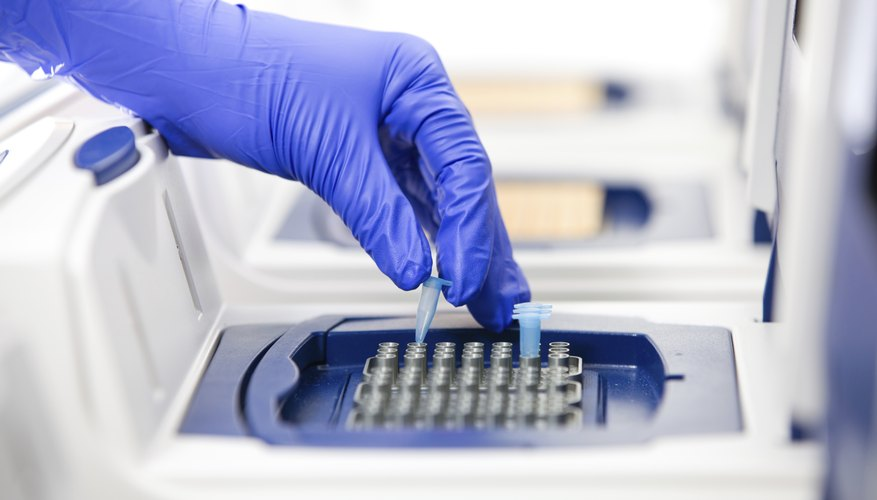Since the invention of the polymerase chain reaction (PCR) technique by Kary Mullis in 1985, scientists have taken for granted the ability to make millions of DNA copies. Despite being hailed as a groundbreaking technology at the time, its spotlight was stolen in 2013 by CRISPR, a precise gene editing tool. Over the past year, however, PCR has regained attention as a COVID-19 diagnostic tool.
PCR exploits the cell’s natural process of division to amplify DNA sequences. When cells divide, they replicate their genetic material, passing one complete set of genetic material to each daughter cell. In human cells, the genetic material mainly consists of DNA. To copy DNA, the cell separates the two strands and replicates the genetic code base by base. Polymerases, a family of proteins, serve as catalysts in this process: Without them, cells would be unable to replicate.
In PCR, DNA strands are separated by heating to a temperature between 48-72 degrees Celsius. However, the naturally occurring human DNA polymerase denatures in these high temperatures. To address this problem, scientists often use another member of the polymerase family: The thermostable Taq polymerase.
“Taq polymerase is capable of resisting the high temperatures needed to separate the two DNA chains,” Dr. Rodrigo Reyes, an assistant professor in the Department of Biology at McGill, wrote in an email to The McGill Tribune. “This is because it was originally isolated from a thermophilic bacteria, Thermus aquaticus, that grows at temperatures of about 70 degrees Celsius.”
The PCR replication cycle is done 30 to 40 times to yield as many DNA copies as necessary, with each cycle doubling the quantity of genetic material. Since PCR is the first step in certain DNA sequencing techniques such as the Sanger method, its ability to produce up to 1 billion copies allows for the analysis of large genetic datasets.
“Our capacity to amplify DNA is like a superpower,” Reyes wrote. “PCR is an essential tool in many biomedical research applications. But it is also widely used outside of research labs.”
In addition to detecting COVID-19, PCR can also detect several other diseases. Moreover, it is essential in DNA profiling, a process that compares genetic information between different people. Certain regions of DNA are similar for every person while other regions vary between individuals. PCR amplifies one or more of these variable regions so scientists can compare DNA samples. This is particularly useful in forensics, where genetic material found at a crime scene can be amplified and cross-correlated with databases to identify an individual. Scientists can also match DNA samples to a descendant by observing similarities in the DNA sequences to determine if two people are related.
PCR’s other uses range from testing for antibiotic resistance to studying biodiversity in aquatic environments.
“Taq polymerase is used to amplify the few molecules of DNA that can be found in water samples, helping to detect the presence of particular organisms in these environments,” Reyes wrote.
According to Reyes, Taq polymerase also has its flaws: It can only synthesize short sequences of DNA at a time. This is particularly limiting when researchers want to analyze large amounts of genetic data. Furthermore, PCR must be performed in a special instrument called a thermocycler that generates excessive heat, limiting access to these tests to well-equipped laboratories.
Reyes’ lab hopes to produce human-engineered polymerases that can extend the genetic code in bacteria and allow them to make DNA by using other types of building blocks in addition to the four nitrogenous bases currently found in nature.
“[These engineered polymerases] would help to extend the chemistry that cells can use,” Reyes wrote. “Such advancement would eventually help in our goal of using bacteria as small factories for the synthesis of a diverse range of useful chemical compounds used in our daily lives, and help to decrease our dependence on oil-based products.”








